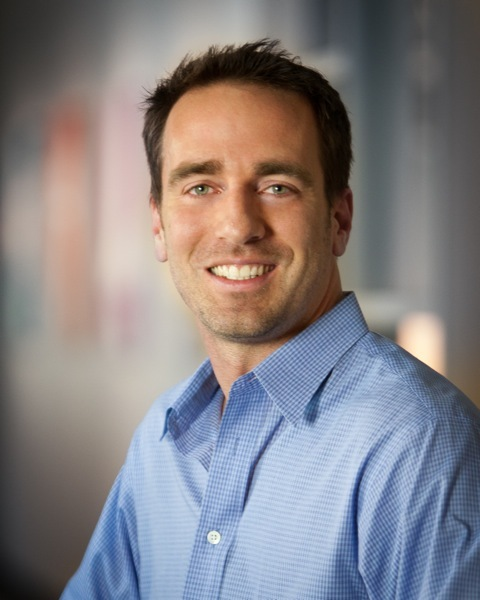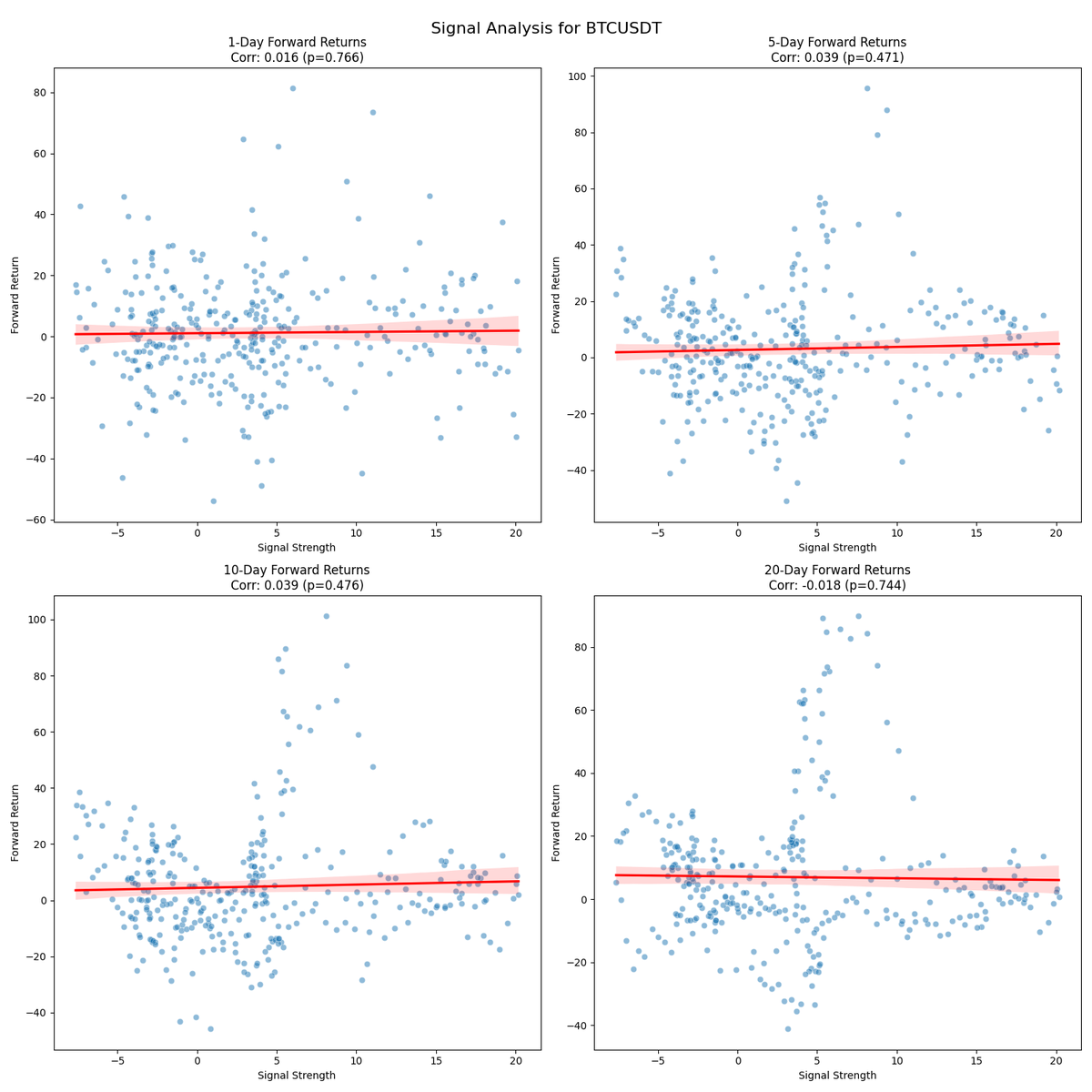This is Chris Camillo.
In 2021, Chris was featured in Business Insider for turning $20,000 into $42,000,000, during his 15-year trading career.
His trading style, is one of the most interesting I've ever read about:
- Social Arbitrage
Here’s Chris's story:
In 2021, Chris was featured in Business Insider for turning $20,000 into $42,000,000, during his 15-year trading career.
His trading style, is one of the most interesting I've ever read about:
- Social Arbitrage
Here’s Chris's story:

1) Audited Returns
Jack Schwager wrote about Chris on his book Unknown Market Wizards, and for that he audited Chris's full track record.
Also Business Insider looked at Chris's returns in 2021.
Over a 16-year period, Chris claims to have had a 60%-70% annualized return.
Jack Schwager wrote about Chris on his book Unknown Market Wizards, and for that he audited Chris's full track record.
Also Business Insider looked at Chris's returns in 2021.
Over a 16-year period, Chris claims to have had a 60%-70% annualized return.
2) Characteristics of a Social Arb Trade?
a) Finding a new narrative
b) Is this information important to move revenue of a publicly traded company?
c) Is this information important to move the investors perspective of the company?
d) Is the public aware of this information?
a) Finding a new narrative
b) Is this information important to move revenue of a publicly traded company?
c) Is this information important to move the investors perspective of the company?
d) Is the public aware of this information?
3) $20,000 into $2,000,000 from 2007 to 2010
Chris looks for game-changing events in real life, that have an impact in publicly traded companies.
The trick is to find trends, that Wall Street hasn't picked up on yet.
He calls this an information arbitrage investment.
Chris looks for game-changing events in real life, that have an impact in publicly traded companies.
The trick is to find trends, that Wall Street hasn't picked up on yet.
He calls this an information arbitrage investment.
4) The Hunger Games Movie
Chris had never heard of The Hunger Games book when a co-worker mentioned it to him.
Everyone was reading it, she said.
In the following 6-months, after making this book into a film, Lion Gate, who never had a blockbuster film, doubled in price.
Chris had never heard of The Hunger Games book when a co-worker mentioned it to him.
Everyone was reading it, she said.
In the following 6-months, after making this book into a film, Lion Gate, who never had a blockbuster film, doubled in price.
5) Hail Season
During the spring and early summer, there's hail season.
This season, in some years, can cause so much damage, that it has a financial impact in roofing companies.
The key is in finding out if it's a bad hail season, before anyone else, and placing a bet on it.
During the spring and early summer, there's hail season.
This season, in some years, can cause so much damage, that it has a financial impact in roofing companies.
The key is in finding out if it's a bad hail season, before anyone else, and placing a bet on it.
6) How to Find Trends
There's a lot of ways to find the information that Chris needs for his trading.
No single source is perfect.
It needs to be in aggregate.
Few examples:
- Twitter
- TikTok
- Comments on content
- Facebook
Just places where people talk about stuff.
There's a lot of ways to find the information that Chris needs for his trading.
No single source is perfect.
It needs to be in aggregate.
Few examples:
- TikTok
- Comments on content
Just places where people talk about stuff.
7) The Importance of Patience
Trading in general requires patience.
But for Chris's style of trading, even more so.
He mentions that he might go months, without placing a single trade.
Sometimes he has a big trade every 1 to 2 years.
Most people don't have that patience.
Trading in general requires patience.
But for Chris's style of trading, even more so.
He mentions that he might go months, without placing a single trade.
Sometimes he has a big trade every 1 to 2 years.
Most people don't have that patience.
8) Risk
When we enter a trade, we never know all the risk factors associated with that trade.
We need to accept that we don't know all information about a particular trade and still take the risk.
There's no certainties in this game, even if the thesis seems solid.
When we enter a trade, we never know all the risk factors associated with that trade.
We need to accept that we don't know all information about a particular trade and still take the risk.
There's no certainties in this game, even if the thesis seems solid.
9) Top Lessons
a) It's not about what you think, it's what you notice around you.
b) Most trader/investors don't have patience, one of the most important aspects of good trading.
c) Competing where you have advantage over competition.
d) Accepting that no trade is a sure winner.
a) It's not about what you think, it's what you notice around you.
b) Most trader/investors don't have patience, one of the most important aspects of good trading.
c) Competing where you have advantage over competition.
d) Accepting that no trade is a sure winner.
10) Conclusion
Chris's style of trading is very interesting and outside what's considered the "norm".
His source of "alpha" comes from picking up on new, potentially impactful information, that is not widely available yet, and making a bet on it.
I hope you've enjoyed it!
Chris's style of trading is very interesting and outside what's considered the "norm".
His source of "alpha" comes from picking up on new, potentially impactful information, that is not widely available yet, and making a bet on it.
I hope you've enjoyed it!
Finding viable ideas for trading strategies is extremely hard.
I've decided to build a database of them.
Here's what you'll find:
- New strategy every week (52/year)
- Python code for each
- Access to the full archive
Join over 2,000 readers here:
pedma.carrd.co
I've decided to build a database of them.
Here's what you'll find:
- New strategy every week (52/year)
- Python code for each
- Access to the full archive
Join over 2,000 readers here:
pedma.carrd.co
• • •
Missing some Tweet in this thread? You can try to
force a refresh
















